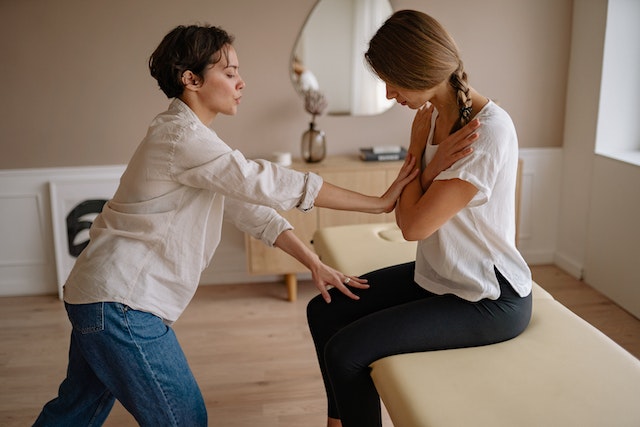Joint stiffness can make routine tasks, such as standing up or walking, feel challenging. Many people notice their joints feel tight after periods of rest or changes in activity. Stiffness often results from various joint conditions, with arthritis being a common source. Understanding what arthritis is and which treatments may help can guide next steps toward greater mobility.
What Is Arthritis?
Arthritis describes a group of joint and tissue disorders. It includes conditions such as osteoarthritis and rheumatoid arthritis. Each type has its own triggers and symptoms, but a common feature is stiffness, which tends to be most pronounced after inactivity or early in the day.
Osteoarthritis involves gradual changes within the cartilage and underlying bone, leading to joint discomfort and reduced range of motion. Rheumatoid arthritis and similar conditions involve immune system activity that targets the joints, producing inflammation, swelling, and persistent discomfort on one or both sides of the body. People living with arthritis may find that daily activities require extra effort. Symptoms may flare or ease over time, depending on the form of arthritis and other factors. Recognizing the pattern and impact of symptoms can help guide effective management.
What Causes It?
Several factors contribute to joint stiffness. Mechanical wear of cartilage reduces the joint’s ability to move smoothly, while bony growths may add to the sense of tightness. Ligaments and tendons around the joint can also lose flexibility, making motion less fluid.
Inflammation is common in many arthritis types. Swelling and warmth at the joint may occur when the lining becomes inflamed, leading to a feeling of restriction. Inflammatory activity from the immune system, as seen in rheumatoid arthritis, can intensify these effects. In osteoarthritis, low-level inflammation sometimes creates stiffness after periods of rest.
What Treatment Can Address Stiffness?
Reducing joint stiffness often involves a combination of approaches. Regular movement is one of the most effective tools. Consistency, achieved through short daily sessions, may help maintain mobility. Building muscle strength around affected joints supports stability. Exercises focused on flexibility assist in preserving movement. Physical therapists can develop and guide appropriate routines to maximize safety and benefit.
Tracking symptoms, activities, and external factors helps identify patterns. Some people may use this information to manage pacing during the week, alternating between active and rest days as needed. Joint protection strategies, such as using larger joints for carrying or breaking tasks into manageable segments, can reduce strain.
Topical therapies and nonprescription aids are used by many people. Options include using heat or ice packs and topical products for mild relief. Careful selection of any aid is advised to facilitate comfort and avoid changes that could cause further problems.
Structured care involving professionals often provides further benefit. Physical therapists address movement and strength, while occupational therapists guide daily activity modifications. Pain management specialists bring together information from different disciplines to coordinate safe, noninvasive treatment options.
Consult a Pain Management Specialist
Joint stiffness can influence mobility and overall well-being. When stiffness interferes with quality of life, seeking the expertise of a pain management specialist offers guidance. Through collaborative discussion, you can identify priorities and develop a treatment plan tailored to your needs.









Leave a Reply